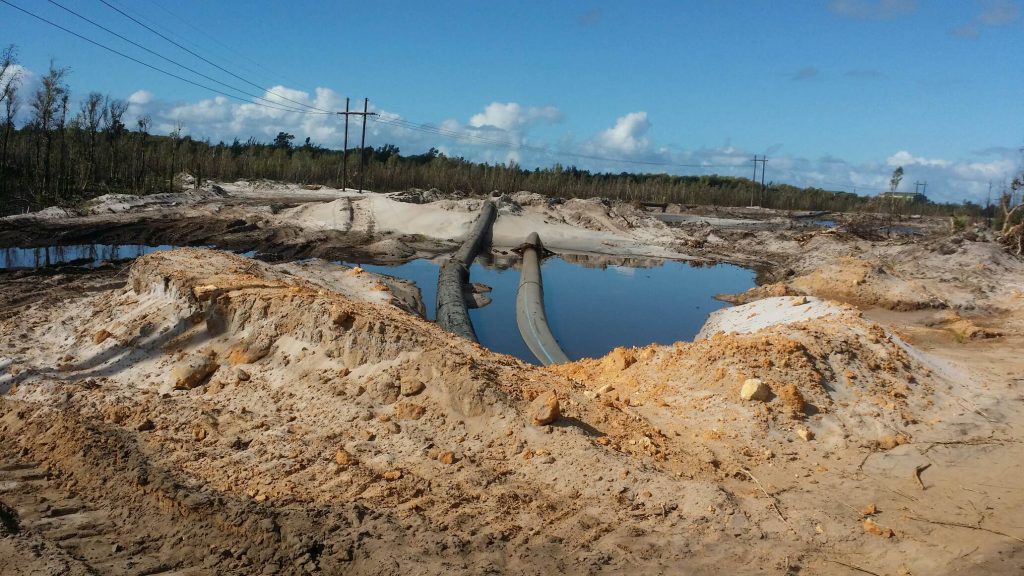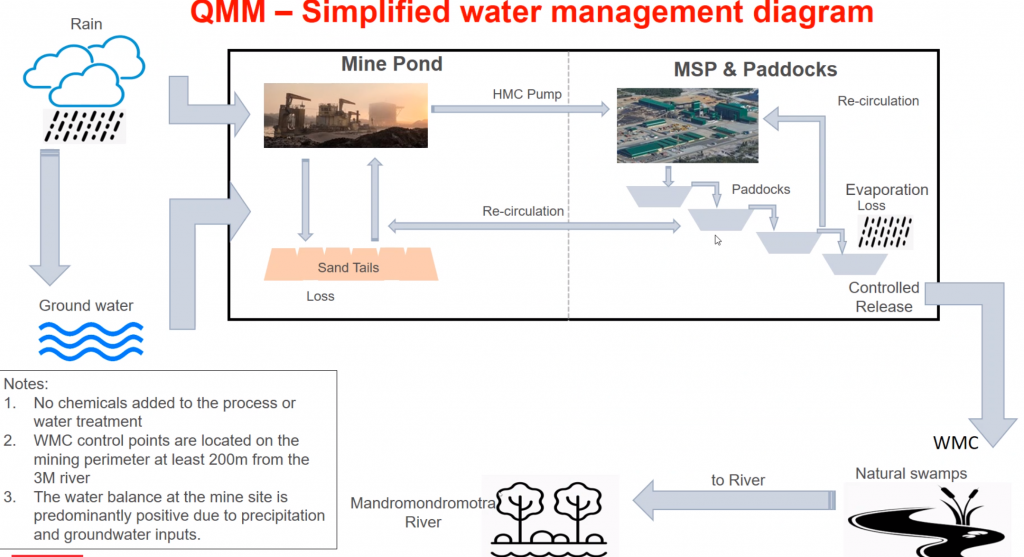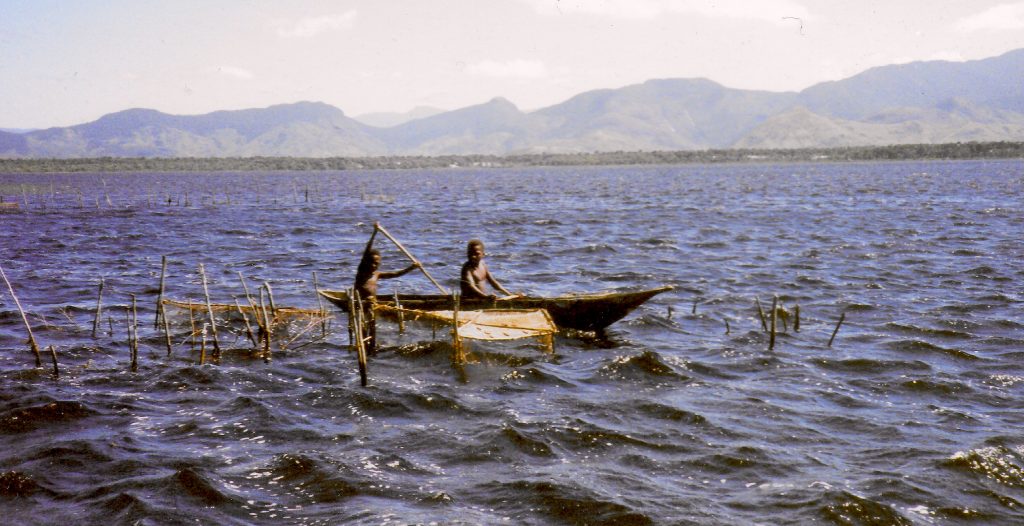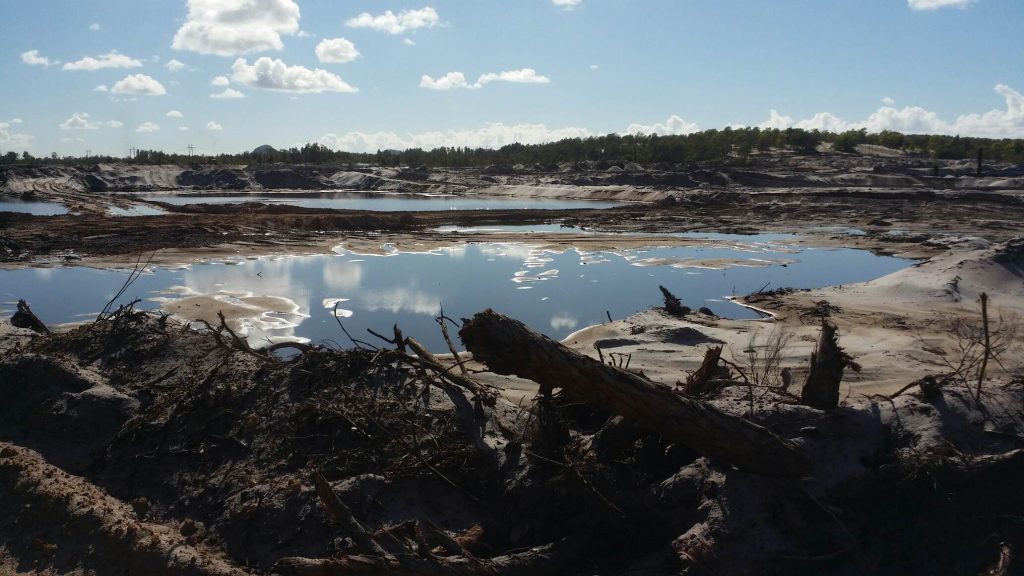
ACTION NEEDED
We urge the Government of Madagascar, the Malagasy Ministries concerned ( e.g. for Mines, Water, Environment, Health) and the international agencies who are involved in these areas of development in Madagascar, to urgently mobilise a national inquiry into the contamination of local water and the environment by Rio Tinto’s QMM mine and take the necessary action to protect the citizens of Anosy.
INTERNATIONAL EFFORTS TO HOLD RIO TINTO /QMM TO ACCOUNT
For a number of years, the Andrew Lees Trust (ALT UK), Publish What You Pay (PWYP) Madagascar, PWYP UK, and with Friends of the Earth (England Wales and N Ireland) have written and attended meetings with Rio Tinto in order to raise concerns about QMM’s mine tailings management and the contamination of local waterways where local people draw drinking water and fish for food. As a result of our investigations our group has demanded the immediate provision of alternate safe drinking water access for QMM mine affected communities in Anosy, southern Madagascar.
Multiple independent studies have been carried out and technical questions raised to substantiate these demands and to emphasise the need for urgent action on local water quality, but Rio Tinto/QMM has continued to deny their impact on the local environment in Anosy.
The recent mine wastewater report issued by QMM has raised more questions than it answers and is incomplete, so potentially misleading. However, QMM water data made available with this report, and water data shared since 2018, only serves to reinforce the findings of Dr Emerman (2019) that the QMM mine is having a detrimental impact and contaminating waters in Anosy region with elevated levels of uranium and lead, well above the WHO safe drinking water guidelines in some places.
ALT UK commissioned a new analysis of the QMM wastewater report 2021 by expert in mining and hydrology, Dr Steven Emerman: –
NEW ANALYSIS – STRENGTHENS CONCERNS
The new analysis /evaluation of QMM’s Wastewater report 2021 by Dr S Emerman further strengthens previous findings and justifies our concerns about water quality and QMM’s contamination of local rivers and lakes in Anosy with the risk of serious health impacts to local people and their children’s development.
The new Emerman study and exchange with QMM has also reinforced our analysis that the QMM mine water management system, using “settling ponds” or paddocks is simply not working. QMM cannot demonstrate that their “natural” process offers a viable mechanism for removing contaminants such as uranium and lead from its wastewater, and is at best wishful thinking. Indeed, the data suggests that many of the contaminants are concentrating in the wetlands (natural swamps) over time.

The company continues to emphasise there are no chemicals being used in their extraction. They fail to highlight what they know, and have acknowledged in writing, that is: the process of extraction of mineral sands concentrates heavy metals in the mining basin. This has been demonstrated to be the case at the Mandena site using QMM’s own water data.
There are concomitant questions to be answered about the long-term presence of contaminants that are generated by the mining process and left in the local environment and wetlands, and which can be mobilised by changes to pH and oxygen levels in the water and thereby represent a chemical time bomb for the area.

Local people are deeply concerned about the quality of their local water and the majority of villagers who collect water directly from rivers and lakes around the mine (because they have no other sources of drinking or domestic water) complain that the quality has degraded since mining began (PWYP MG 2020). They want the quality of their natural water sources restored, and to have access to clean drinking water. see also Blog
Given the significant evidence (mostly using QMM water data) that suggests there is a real cause for concern around water quality and health risks for local people, the group continues to demand that Rio Tinto/QMM clean up its act and urgently provide safe drinking water access to the affected communities around Mandena. This would meet both Rio Tinto’s corporate environmental and sustainability commitments, as well as Malagasy national targets for access to potable water.
Since Rio Tinto/QMM has twice broken its agreements with the Malagasy Government and Malagasy laws (breach of the environmental buffer zone and exceedances in cadmium and aluminium in its discharge wastewater, QMM 2021) the company should arguably be held to account under Madagascar’s Decret MECIE and national adherence to the Polluter Pays principle.
ALT UK has published and is sharing the new Emerman analysis with individuals, organisations and networks who have already received the WATER BRIEFING ON QMM and (Update) other related materials.
See also the ALT UK BLOG for further information and actions.

